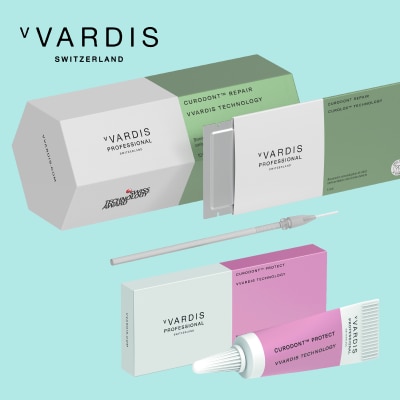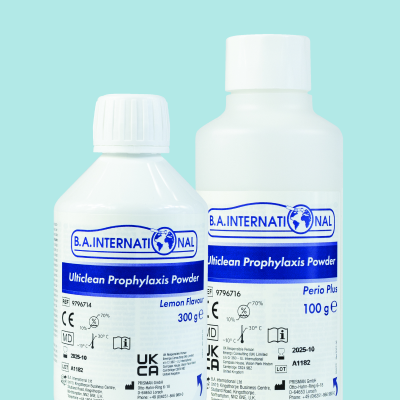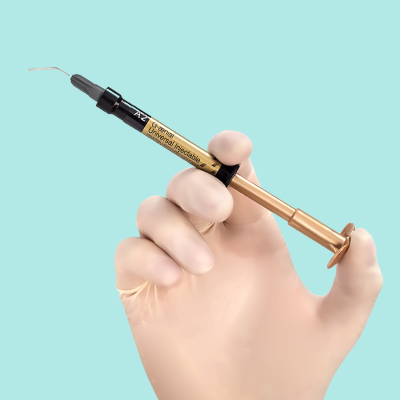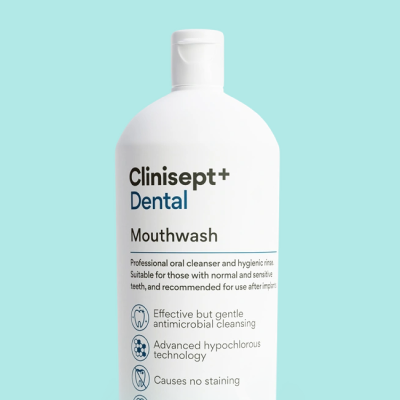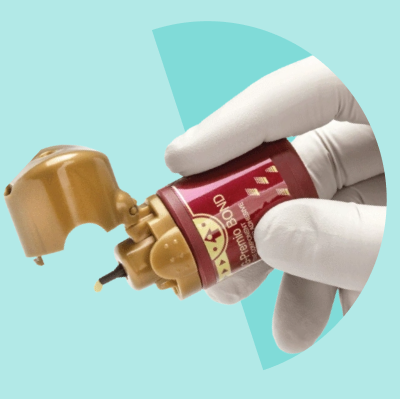Interdental Brushes
For so long stuck the shadow of dental floss, interdental brushes are now widely considered the most effective form of interdental cleaning. Many dentists now recommend patients use interdental brushes as part of their everyday oral hygiene routine to remove plaque and prevent gum disease.
What Are Interdental Brushes?
Alternatively, some brush heads are wire free and are instead made of a soft rubber for a more gentle clean, such as Wisdom clean between interdentals. The plastic handle of the brush can be either very small, like on TePe regular interdental brushes, or long handled for better access to the back of the mouth, as on Acclean brushes.
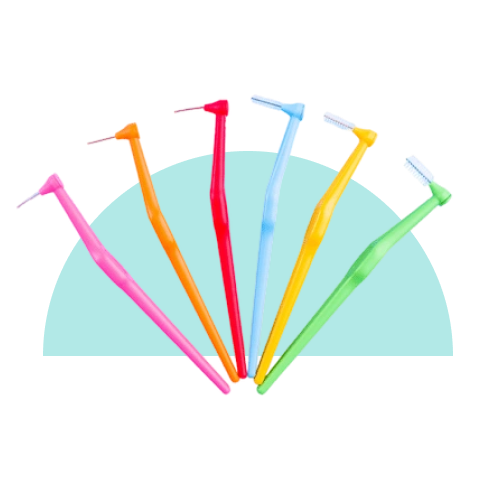
Interdental Brush Sizes
Interdental brushes come in a variety of different sizes to fit different sizes of gaps between teeth.
The smallest brush diameter is 0.32mm and is designed to clean extremely fine-tooth gaps and inside gum pockets.
The biggest diameter is 1.5mm and is intended for large tooth gaps and cleaning orthodontic appliances.
The size of the brush is identified by the colour of the handle, however there is not much commonality between the different diameters and colour codes on the market.
To make things easier, the table opposite shows the different sizes and colours of Acclean brushes and the nearest TePe equivalents.
TePe vs Acclean Interdental Brushes
TePe is the UK’s most famous interdental brush brand, known for their distinctive small and colourful handles.
| Acclean Interdental Brush | Nearest TePe Equivalent | Intended Use |
| Size 00 (0.32mm diameter - pink) | Pink (0.4mm) | For extremely fine tooth gaps and inside gum pockets |
| Size 0 (0.36mm diameter - grey) | Orange (0.45mm) | For very fine tooth gaps and inside gum pockets |
| Size 1 (0.45mm diameter - purple) | Orange (0.45mm) | For small tooth gaps and general oral hygiene |
| Size 2 (0.52mm diameter - white) | Red (0.5mm) | For small to medium tooth gaps |
| Size 3 (0.52mm diameter - yellow) | Red (0.5mm) | For medium tooth gaps and general oral hygiene |
| Size 4 (0.52mm diameter - red) | Red (0.5mm) | For medium to larger tooth gaps |
| Size 5 (0.56mm diameter - blue) | Blue (0.6mm) | For larger tooth gaps, bridges, implants, orthodontics, etc |
| Size 6 (0.63mm diameter - green) | Yellow (0.8mm) | For larger tooth gaps, orthodontics, perio, etc |
Need support? Get In Touch Today.
How To Use Interdental Brushes
Before using an interdental brush, it is important to determine that it is the right size. It is often a case of trial and error when it comes to finding the right size. The brush should fit snug and be comfortable without being too tight. Patients should avoid trying to force the brush into spaces, as advised by the NHS. Once the correct fit had been found, the brush should be inserted between teeth and moved backwards and forwards a few times to remove plaque and debris. The whole of the mouth should be worked around so not to miss any spaces, Some small interdental brushes can be slightly bent at the neck to reach the back of the mouth, but continuous bending at severe angles can lead to damage to the wire. Purchasing angled brushes like Acclean can remove the need for bending. Patients should aim to clean their teeth with interdental brushes once a day before brushing.
Are interdental brushes reusable?
Interdental brushes are reusable and can be used several times provided they are rinsed thoroughly after use. Like a normal toothbrush, a new interdental brush is needed once the filaments on the head have been worn out.
Is it normal for gums to bleed?
Bleeding gums is quite normal for patients when they first start using interdental brushes. Bleeding should reduce over time as the gums become healthier. If the bleeding continues and is excessive, it may be because the brush is not being used right or is the wrong size.
Do interdental brushes cause gaps?
This is a common question patients have when told to begin interdental brushing. Interdental brushes should not cause gaps between teeth if the patient is using them correctly. Incorrect use of the brush or using the wrong size can cause trauma to the gums and lead to gapping.
Interdental brushes vs floss
“Evidence supports the use of small interdental brushes for cleaning between the teeth where there is space to do so, in preference to flossing,” according to the British Society of Periodontology (BSP).
But the BSP adds that flossing “is not as a waste of time” and is a “viable alternative to interdental brushing where appropriate”.
The choice of what type of interdental cleaning to recommend a patient depends on several variables. These include patient compliance, patient dexterity, the size of the gaps between the teeth and whether they have gum disease.
Many patients benefit from using both floss and interdental brushes for different areas of the mouth. When gum disease is present in a patient with adequate space between their teeth, interdental brushes are highly recommended as studies have shown them to be more effective than floss at reducing plaque and gum inflammation.




